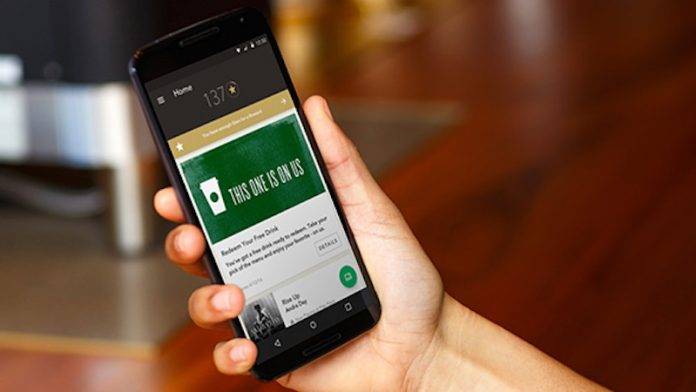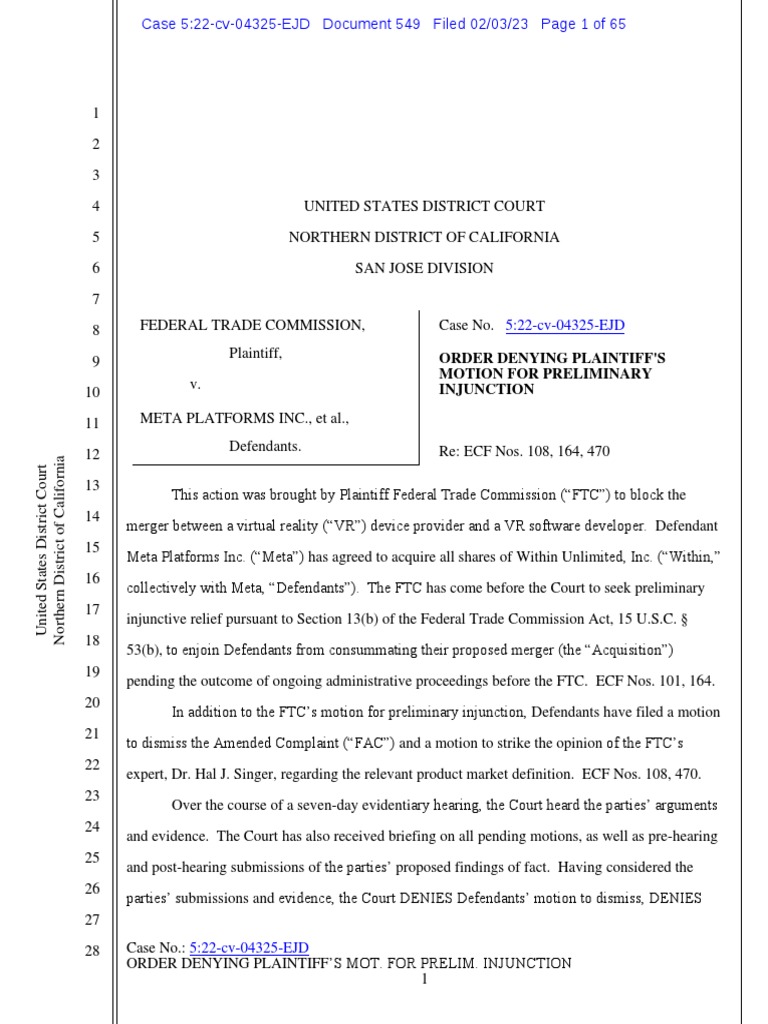CNIL Recommendations For Mobile App Privacy: A Practical Guide

Table of Contents
Understanding the CNIL's Role in Mobile App Privacy
The CNIL is the French data protection authority, responsible for enforcing the General Data Protection Regulation (GDPR) within France. Its role is paramount for mobile app developers, as the CNIL actively monitors and regulates the processing of personal data by apps operating within French territory, even if the app developer is based elsewhere. This includes apps available on app stores accessible in France. Understanding CNIL regulations is not merely a legal obligation; it's a key element in building a trustworthy relationship with your users.
- CNIL's interpretation of GDPR as it applies to mobile apps: The CNIL provides detailed guidance on how the GDPR's principles apply specifically to the unique context of mobile app data handling. This includes specific interpretations on consent, data minimization, and data security in mobile environments.
- Key CNIL publications and guidelines relevant to app developers: The CNIL website offers numerous publications, guidelines, and FAQs specifically tailored for developers. These resources provide practical advice and examples for navigating the complexities of data protection in mobile app development.
- Penalties for non-compliance with CNIL regulations: Non-compliance with CNIL regulations can result in significant financial penalties and reputational damage. Understanding the potential consequences is crucial for motivating proactive compliance efforts.
Key CNIL Recommendations for Data Collection and Use
The CNIL emphasizes the principles of data minimization and purpose limitation. This means collecting only the data strictly necessary for the app's functionality and using it solely for the stated purpose. Obtaining explicit and informed consent is also paramount. This consent must be freely given, specific, informed, and unambiguous. Data security is a critical element; robust measures must be implemented to protect collected data from unauthorized access, loss, or alteration.
- Examples of legitimate interests for data processing in mobile apps: While consent is often the preferred legal basis, legitimate interests can sometimes justify data processing. Examples might include using anonymized data for app improvement or preventing fraud. However, these interests must be carefully balanced against user privacy.
- Best practices for obtaining explicit and informed consent: Consent forms should be clear, concise, and easily understandable. Users should be able to easily withdraw their consent at any time. Avoid pre-ticked boxes or implied consent.
- Strategies for minimizing data collection: Carefully analyze each data point collected; is it truly necessary for the app's core functionality? Explore alternatives like anonymization or aggregation where possible.
- Techniques for securing data transmitted and stored by the mobile app: Implement robust encryption for data both in transit and at rest. Use secure servers and regularly update security protocols to protect against vulnerabilities.
Implementing a Robust Privacy Policy for Your Mobile App
A comprehensive and accessible privacy policy is a cornerstone of CNIL compliance. It must clearly explain what data is collected, why it's collected, how it's used, and what rights users have concerning their data. This includes informing users about their rights under the GDPR, such as the right of access, rectification, erasure, and data portability. The policy should be easily accessible within the app itself and ideally, also on a website. Data breach notification procedures must be established in accordance with CNIL guidelines.
- Essential elements to include in a mobile app's privacy policy: Data collected, purpose of collection, data retention periods, data subject rights (access, rectification, erasure, restriction of processing, objection, portability), data security measures, third-party data sharing, and contact information for data protection inquiries.
- How to make your privacy policy easily accessible within the app: Include a clear link to the privacy policy within the app's settings or main menu. Use plain language, avoiding technical jargon.
- Best practices for communicating data breaches to users and the CNIL: Establish a clear incident response plan. Notify the CNIL and affected users promptly and transparently in case of a data breach.
- Regular review and update of your privacy policy: Regularly review and update your privacy policy to reflect changes in data practices or legal requirements.
Addressing Specific Data Types in Mobile Apps
Mobile apps often collect various sensitive data types requiring specific attention. Location data, personal information, sensitive data (health information, religious beliefs), and biometric data all demand careful handling according to strict CNIL guidelines.
- Special considerations for handling sensitive personal data: Processing sensitive data requires a stronger legal basis than simply legitimate interest; explicit consent is usually required. Enhanced security measures are also necessary.
- Best practices for obtaining consent for location tracking and other sensitive data: Clearly explain why location data or other sensitive data is needed. Offer users granular control over what data is collected.
- Strategies for anonymizing or pseudonymizing data where possible: Explore techniques to minimize the risk to individuals by removing personally identifiable information.
Testing and Auditing for CNIL Compliance
Ongoing compliance requires regular testing and auditing. This proactive approach ensures your app remains compliant with evolving regulations and protects user data effectively.
- Conducting Privacy Impact Assessments (PIAs) for high-risk data processing activities: PIAs help identify and mitigate potential privacy risks associated with data processing.
- Employing regular data protection audits to identify vulnerabilities and areas for improvement: Regular audits, conducted internally or by an external expert, help identify weaknesses in your data protection measures.
- Utilizing automated tools for privacy testing: Automated tools can streamline the testing process and identify potential vulnerabilities more efficiently.
Conclusion
This guide has outlined key CNIL recommendations for ensuring mobile app privacy, encompassing data collection, use, privacy policies, and ongoing compliance efforts. Adherence to these guidelines not only ensures legal compliance but also fosters user trust, crucial for app success. Understanding and integrating CNIL best practices demonstrates your commitment to responsible data handling and builds a strong foundation for a trustworthy and successful mobile application.
Call to Action: Develop your mobile app with robust privacy features by understanding and implementing the CNIL recommendations for mobile app privacy. Download our free checklist to ensure your app is fully compliant!

Featured Posts
-
 Ftc V Meta Latest Updates On Instagram And Whats App
Apr 30, 2025
Ftc V Meta Latest Updates On Instagram And Whats App
Apr 30, 2025 -
 Activision Blizzard Acquisition Ftcs Appeal Explained
Apr 30, 2025
Activision Blizzard Acquisition Ftcs Appeal Explained
Apr 30, 2025 -
 Beyonces Levis Tribute A Powerful Fashion Statement For 2024
Apr 30, 2025
Beyonces Levis Tribute A Powerful Fashion Statement For 2024
Apr 30, 2025 -
 Update Diddy Zaak Beyonce En Jay Z Vrijgesproken
Apr 30, 2025
Update Diddy Zaak Beyonce En Jay Z Vrijgesproken
Apr 30, 2025 -
 Famosos Que Vieram Ao Brasil Sem Avisar Mais Que Angelina Jolie
Apr 30, 2025
Famosos Que Vieram Ao Brasil Sem Avisar Mais Que Angelina Jolie
Apr 30, 2025
